Hazy History: The Connection Between Cannabis and Colonialism in the Americas
By Z House
From peyote buttons to peace pipes, Indigenous American culture is inextricably linked to mind-altering substances in the modern imagination. Hippies in moccasins and ayahuasca enthusiasts of Silicon Valley both crave the same ancient knowledge. Both are convinced wisdom can be found in the whispers of plant spirits and the tinkering of machine elves.
But what about cannabis? Was Mary Jane a friend of the original residents of Turtle Island?
While the primordial pothead may be a bit clichéd in their quest, they are not entirely wrong. Indeed, there is much ancient wisdom to be learned using mind-altering substances. Let’s talk about cannabis use in the Pre-Columbian Americas.
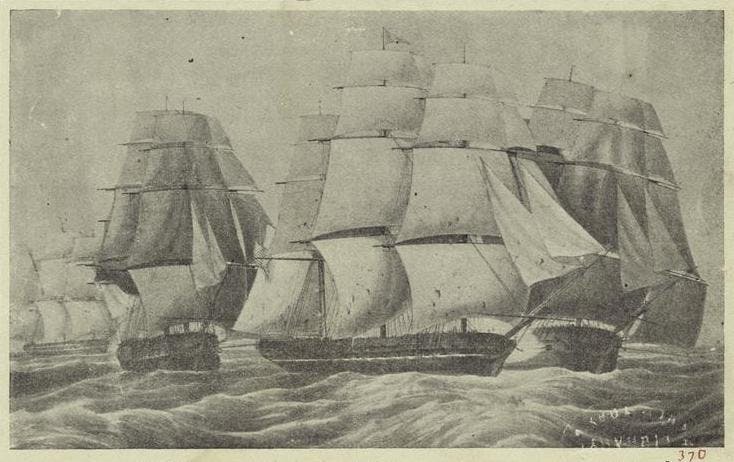
PEACE PIPES ≠ CANNABIS
Luckily, that’s not all we are going to talk about because, quite simply, there was no cannabis in North or South America before it was brought over by Spaniards in 1545. When the plant did finally show up in the Quillota Valley of Chile, it was certainly not the type or quality of flower we offer here at Caliva.
It was hemp: good for making sails, cloth and ropes. Hemp was a necessity for all naval activities as it was the prime source of rope and cordage. Thus it was the major seafaring colonizers on their destructive ventures who actually brought hemp with them to the Americas.
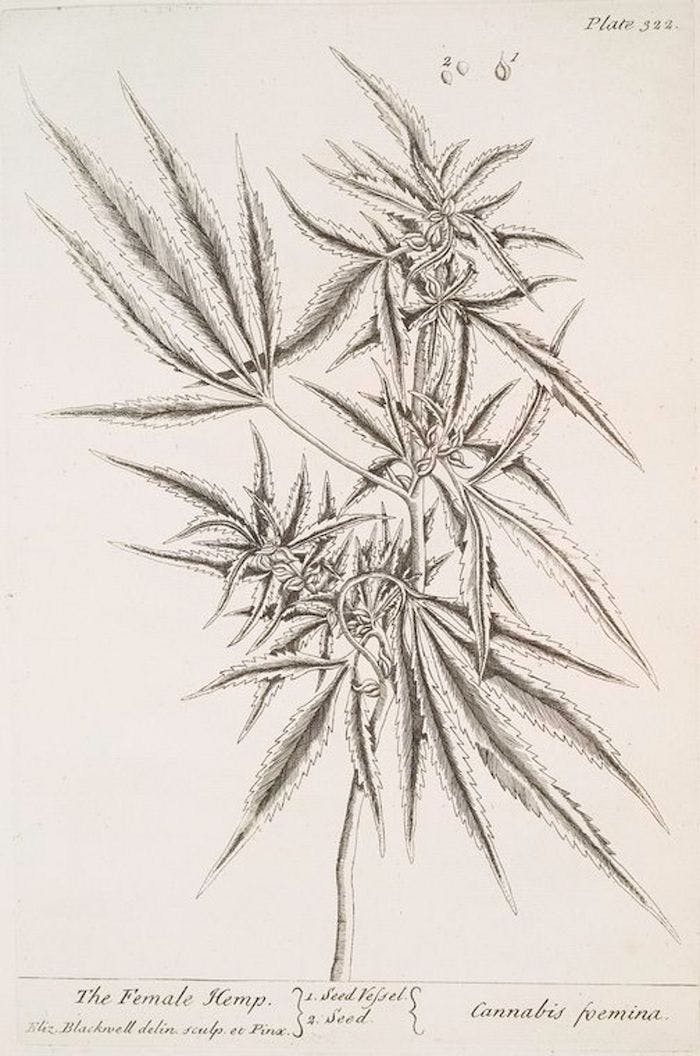
THE EMPEROR’S “NEW WORLD”
Hemp cultivation flourished in several places in what is now Chile, largely at the behest of royal colonial decrees. Using various incentives and coercion, they encouraged large landowners to cultivate the vital fiber.
Farther north, hemp was an essential resource for the thirteen British colonies and widely cultivated for industrial purposes. In fact, it was legally required to grow hemp if you owned a certain amount of land in some of the colonies. With such widespread production, one can assume there were folk medicines, entheogenic rituals, and artists who actively pursued cannabis intoxication.
CALIFORNIAN HEMP CULTIVATION
In California, Spanish hemp subsidies led to an agricultural boom that produced thousands of pounds of hemp a year between 1795 and 1810. However, as Mexico, which included California, and most of the American Southwest began to push for independence from the Spanish Crown, the royal subsidies disappeared along with the nascent California hemp industry.
It would emerge again, but this time for fun, in the mid-1800s with the Gold Rush bringing an influx of people from all over the world seeking fortune in the hills of California. Various ethnic communities converged in the foothills of the golden state, all with separate historical relationships to mind-altering substances.

Chinese immigrants, with a 5,000 year history of cannabis consumption for physical and spiritual relief, worked the mines along with Mexican-Indian populations that had rich traditions of entheogenic shamanic practices. It is quite possible that this cultural ferment gave us the word Marijuana along with some of the first references to recreational cannabis consumption in California.
MARIJUANA’S MYSTERIOUS ETYMOLOGY
According to some, Spanish speakers, perhaps pleasantly intoxicated, adopted the Chinese phrase Ma Ren Hua, literally “hemp-seed-flower”. Or maybe it was the dried flowers resemblance to marjoram, the Spanish word for oregano, that blurred and blended with the Chinese terminology.
Alternatively, various African cultures brought over during the Atlantic slave trade had histories with cannabis, leading some to attribute an African origin to to the presence of Marijuana as a drug and word. These historians point to the similarities with the Angolan word for cannabis : mariamba.
While the etymology is lost to stoner memory (and history), the cultural mixing pot of California took a shine to the newly anointed “marihuana”. The golden state has been at the cutting edge of cannabis culture in North America ever since.
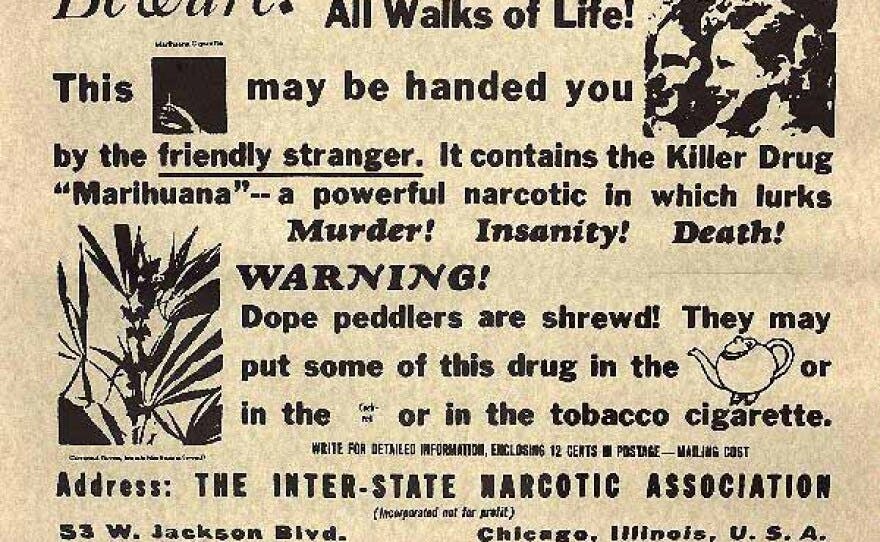
DRUG LAWS AND DREAM GARDENS
In accordance with the greater context of the United States, this cutting edge of Cannabis culture has historically included racism and political suppression. Starting with the Mexican Revolution in 1910-11, an influx of refugees and immigrants also brought cannabis with them into the Southwest US. Existing laws were hastily modified, and new laws were written to address this popular substance favored by immigrant populations.
In 1913, the California Poison Control Act was modified to include cannabis, which led to the first modern drug raid in LA in 1914. The police confiscated 500 lbs of “Indian Hemp” from two “dream gardens.” Indeed, many of the first drug laws were written as a reaction to minority communities using the same substances that were widely available to white citizens as patent medicines.
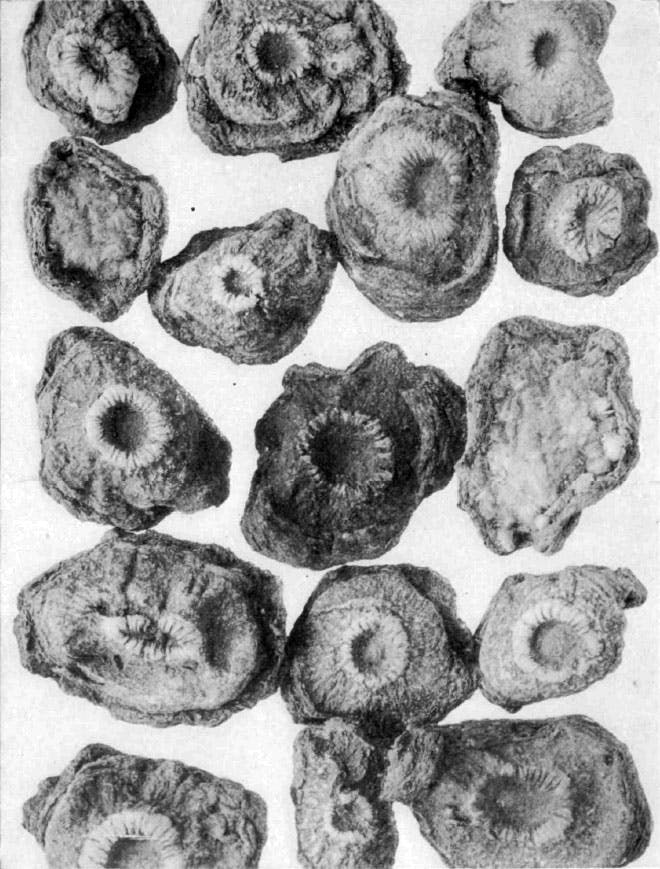
GETTING TRIPPY ON TURTLE ISLAND
It appears that cannabis did not grow on the American continents before the ravaging spread of colonization. However, before the Europeans invaded Turtle Island, other entheogenic substances were widely used as a sacrament across both continents.
Evidence has been found of mushroom effigies from 3000 BC. Peyote stretches back 5,000 years into human history. Aztecs allegedly got both the executioner and the sacrificial victim lifted on entheogenic blends. People may or may not have licked toads to see gods. Tobacco was a sacrament. Chocolate use was rampant. Most of the evidence suggests the indigenous populations were pretty trippy. Yet they did not have cannabis to help come down.
Every psychonaut knows cannabis can help transform an entheogenic experience from “Saturday” to pure transcendence. Likewise, cannabis can make other mind-altering substances more understandable, helping to integrate those visionary lessons into daily life. But alas, it was not cannabis in the peace pipes.
CENSORSHIP AND FORGETTING
The embrace of drug-induced visions seems to be a defining characteristic of many indigenous religions, especially prior to the Catholic church’s aggressive pruning of humanity’s spiritual tree.
It is precisely this oppression of Pre-Columbian sacramental religion that makes these histories so evocative. Even without violent censorship, the lore of mind-altering substances is imprecise, full of facts that are difficult to verify beyond vague references in niche journals or a feverish scrawl in a poet's notebook.
GETTING HIGH AND FORGETTING
After all, there is a tendency among people who study intoxicating substances to experience the visions, prophecies, and altered perceptions of time and space that come with using the substances under consideration. This is a fancy way of saying that drug historians are often on drugs, and that people on drugs sometimes mistake their imagination for reality.
FORGETTING AND FORGETTING
Between the haze of inebriation and censorious missionaries, it is difficult to precisely tell the general availability of mind-altering substances in North and South American prior to colonization. Nonetheless, the mysticism, furtive secrecy, and recreational disorientation reaches across centuries, begging for its story to be told.
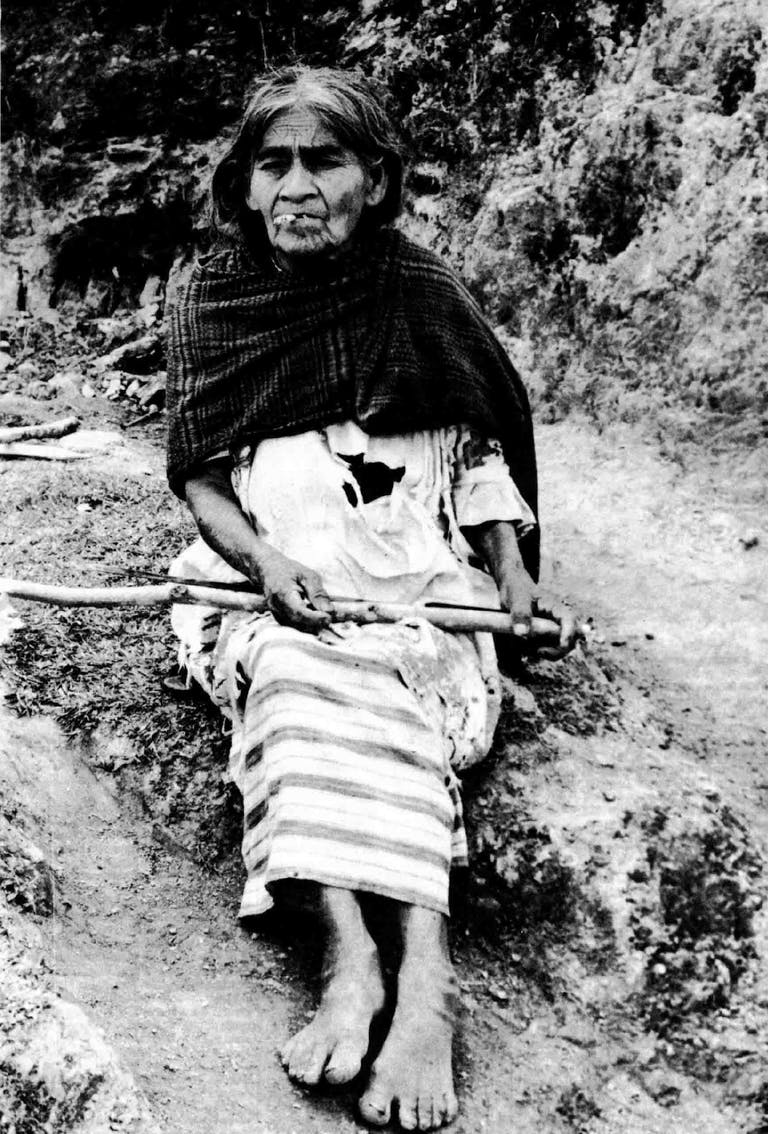
NOT FORGETTING MARIA SABINA
It is all secret wisdom, half truths, hallucinations and propaganda. We are left with the assertions of archeologists, gleaned from scraping shards of buried pottery and reading ships’ manifests.
Or we can try to glean shamanic knowledge, transmitted by elders across generations, before coming to rest in the mind of someone like Maria Sabina.
However, her story, the story of the most influential curandera (Mexican shaman) in history, the story of how entheogenic shamanism leapt from esoteric Indigenous medicine into mainstream consciousness, is a story for another day.
Z House is a writer, artist and researcher living near the beach, outside Los Angeles. In another life they were featured on CBS, NPR and other news outlets for poetry and artwork. They are a lifelong enthusiast of, and advocate for safe, legal access to altered states of consciousness.